Refund Guaranteed
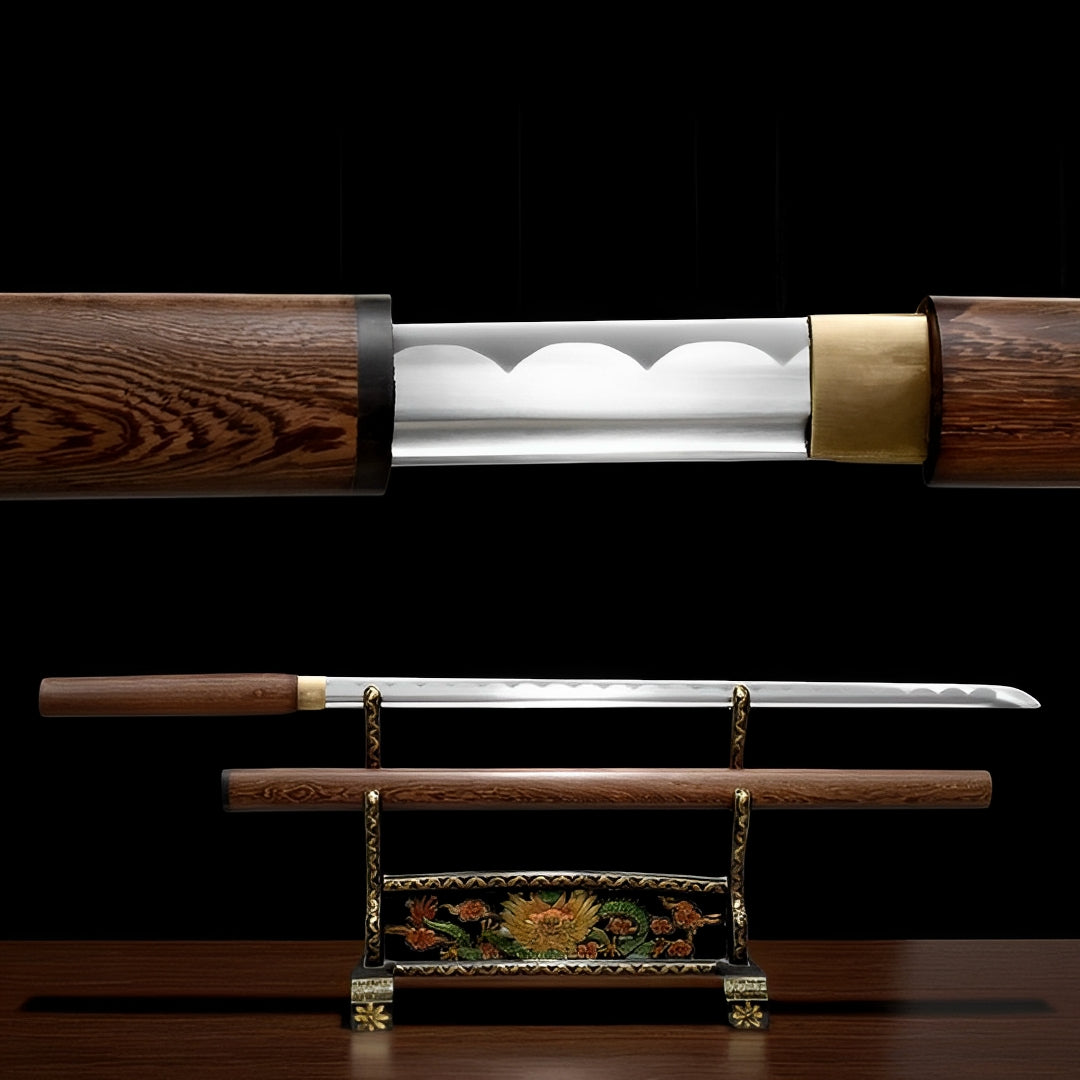
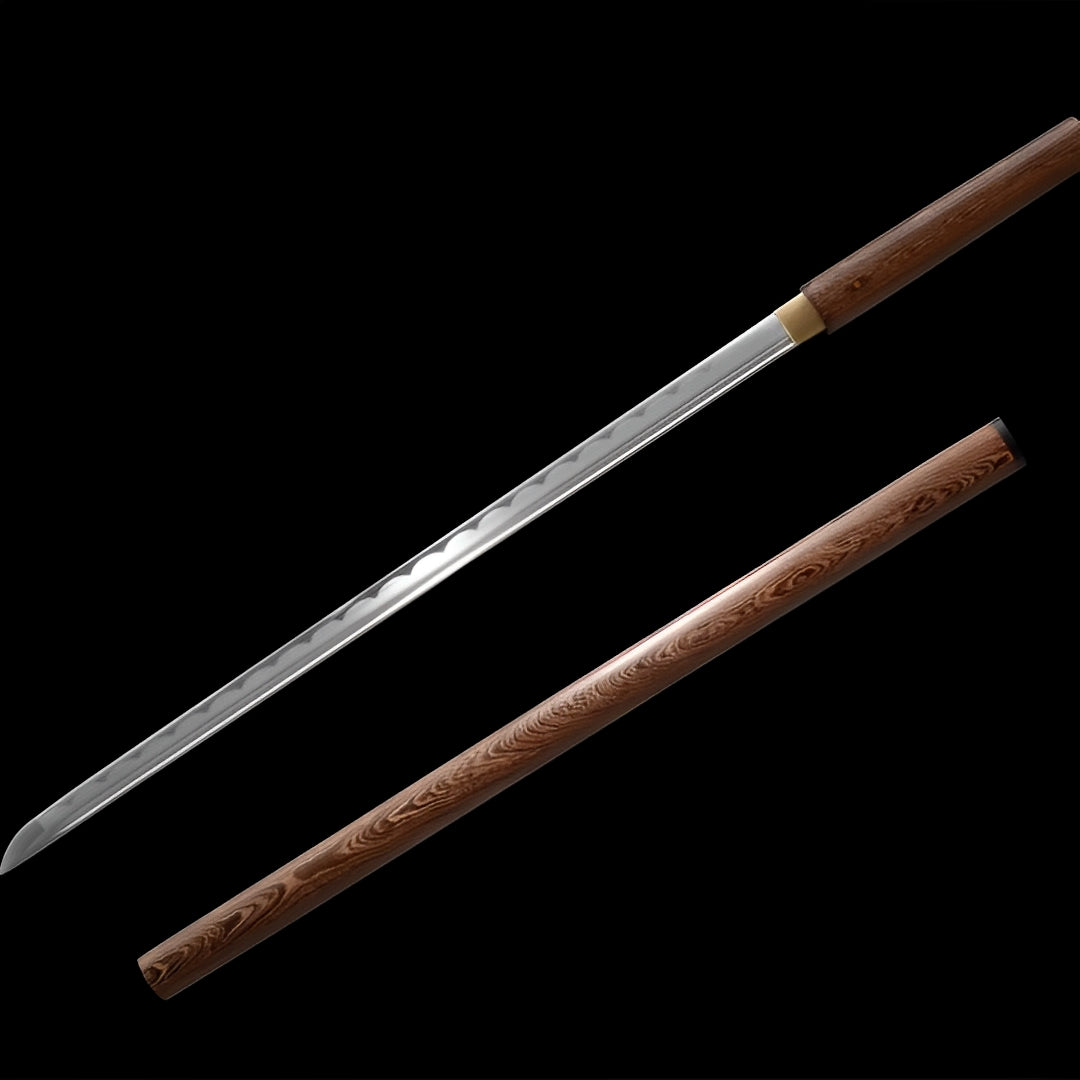
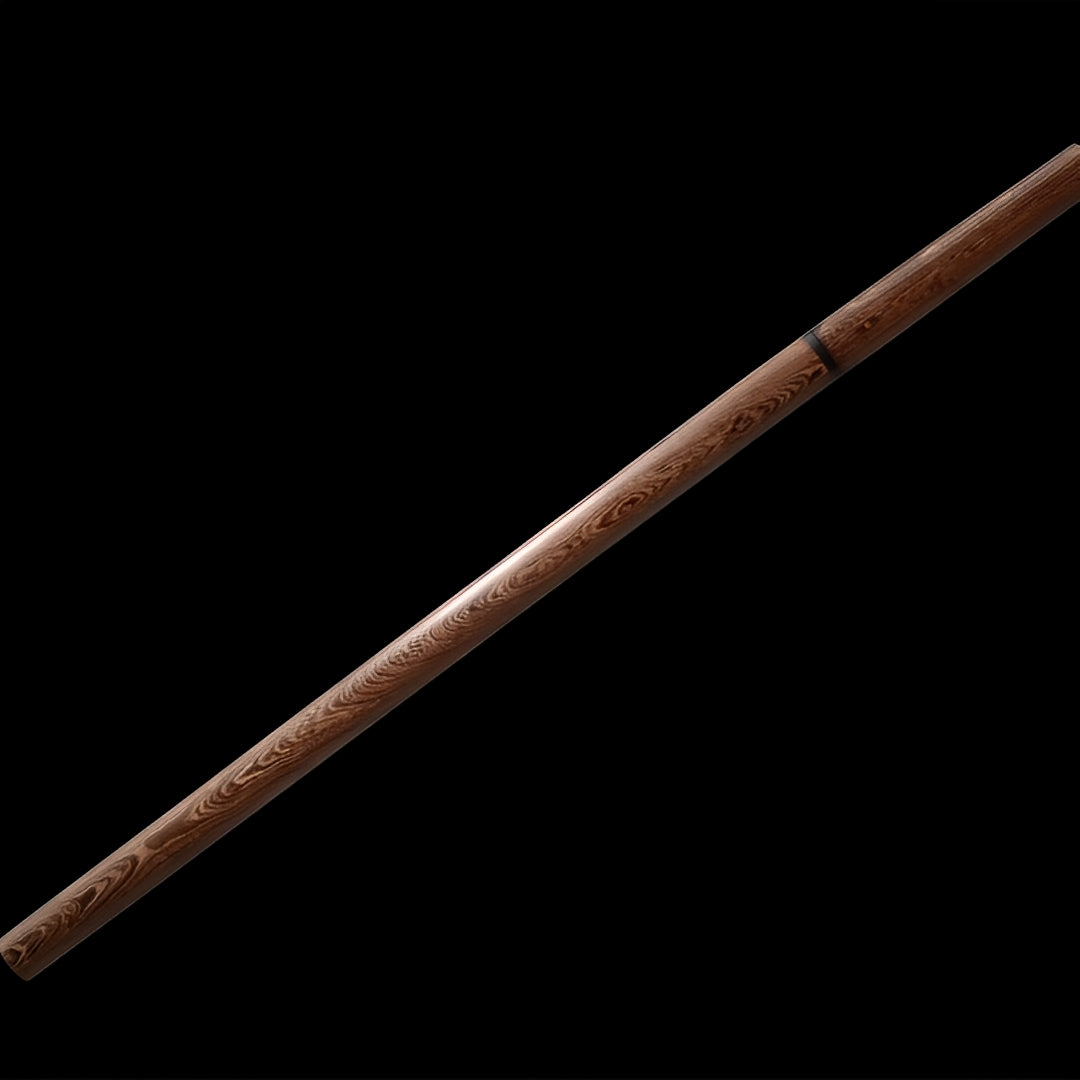
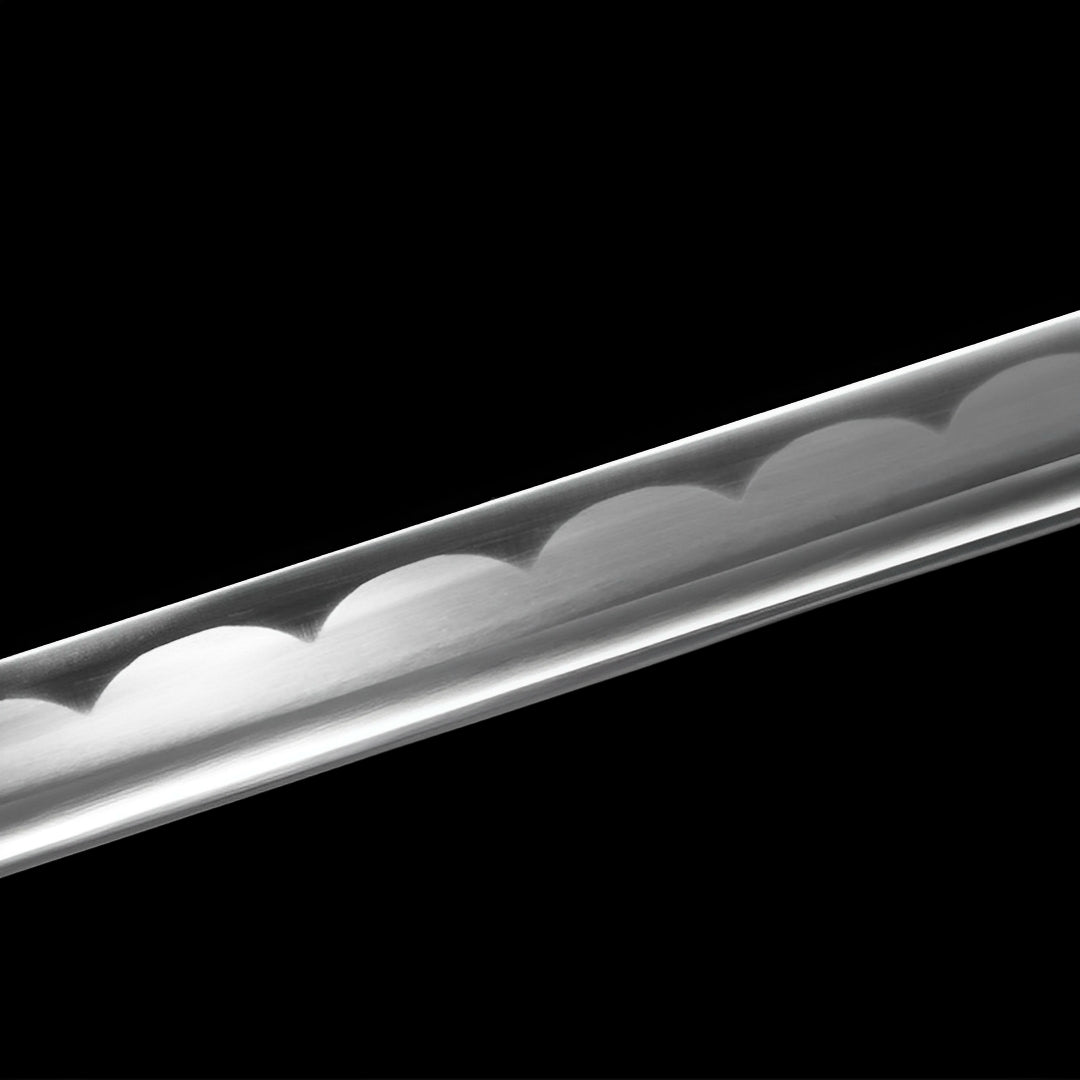
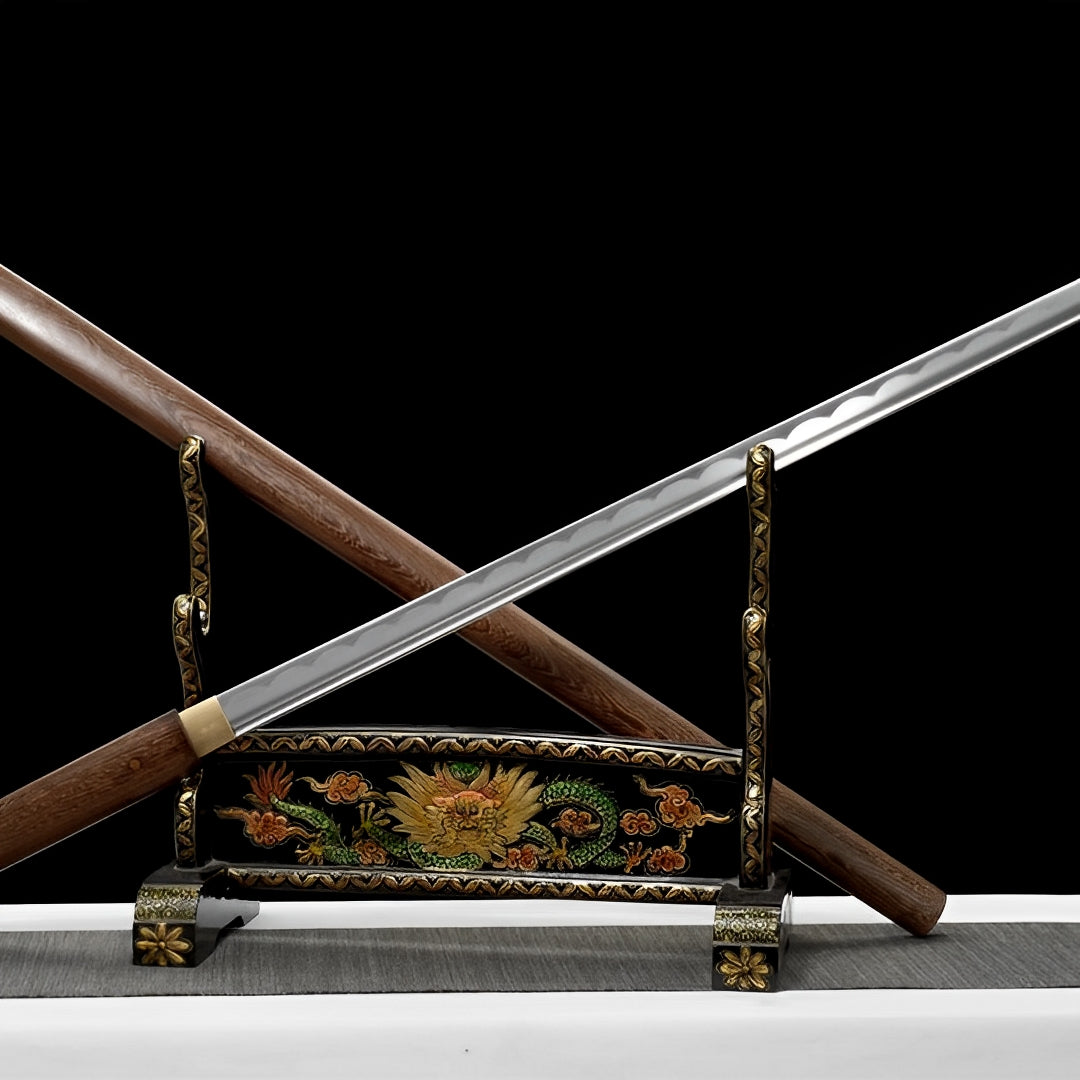
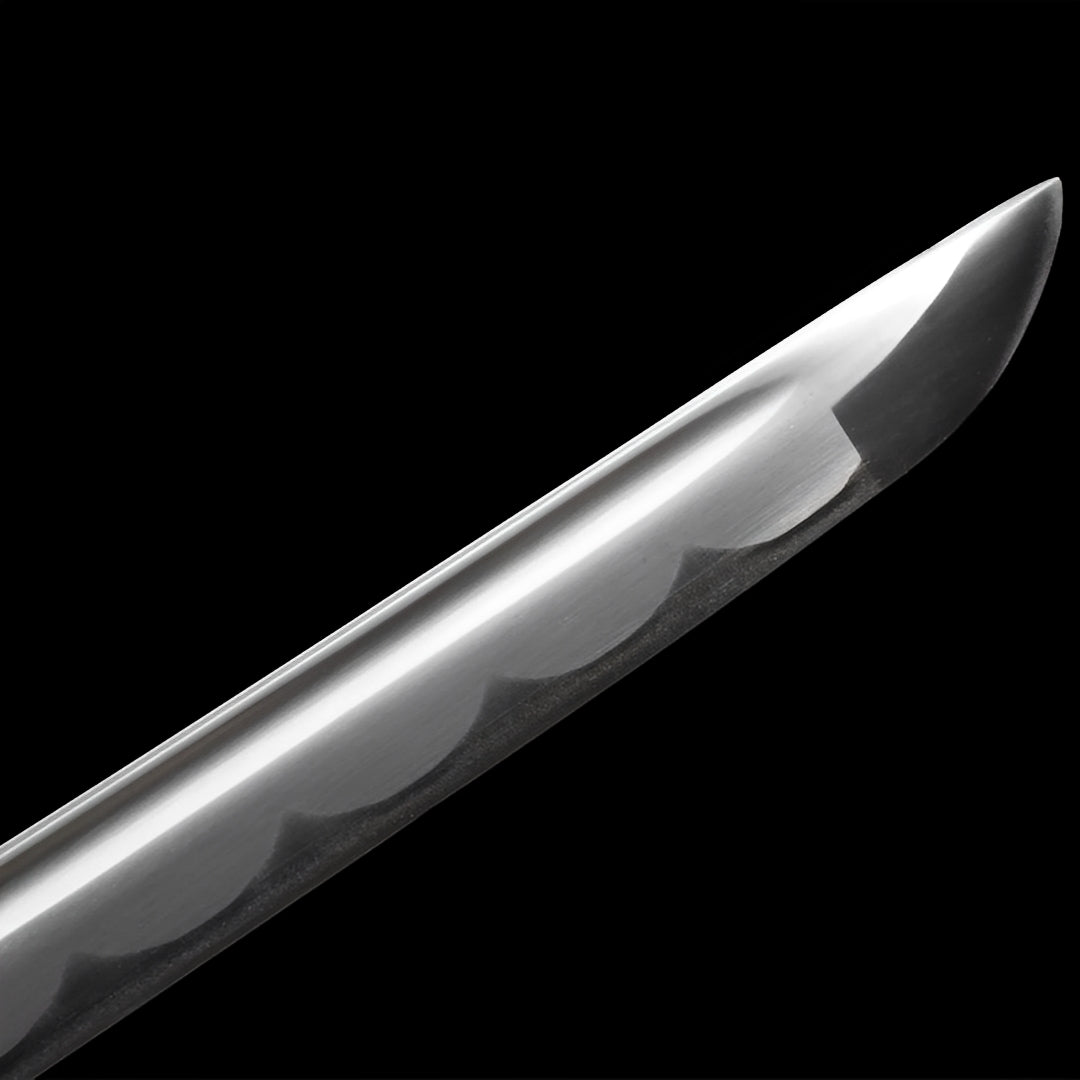
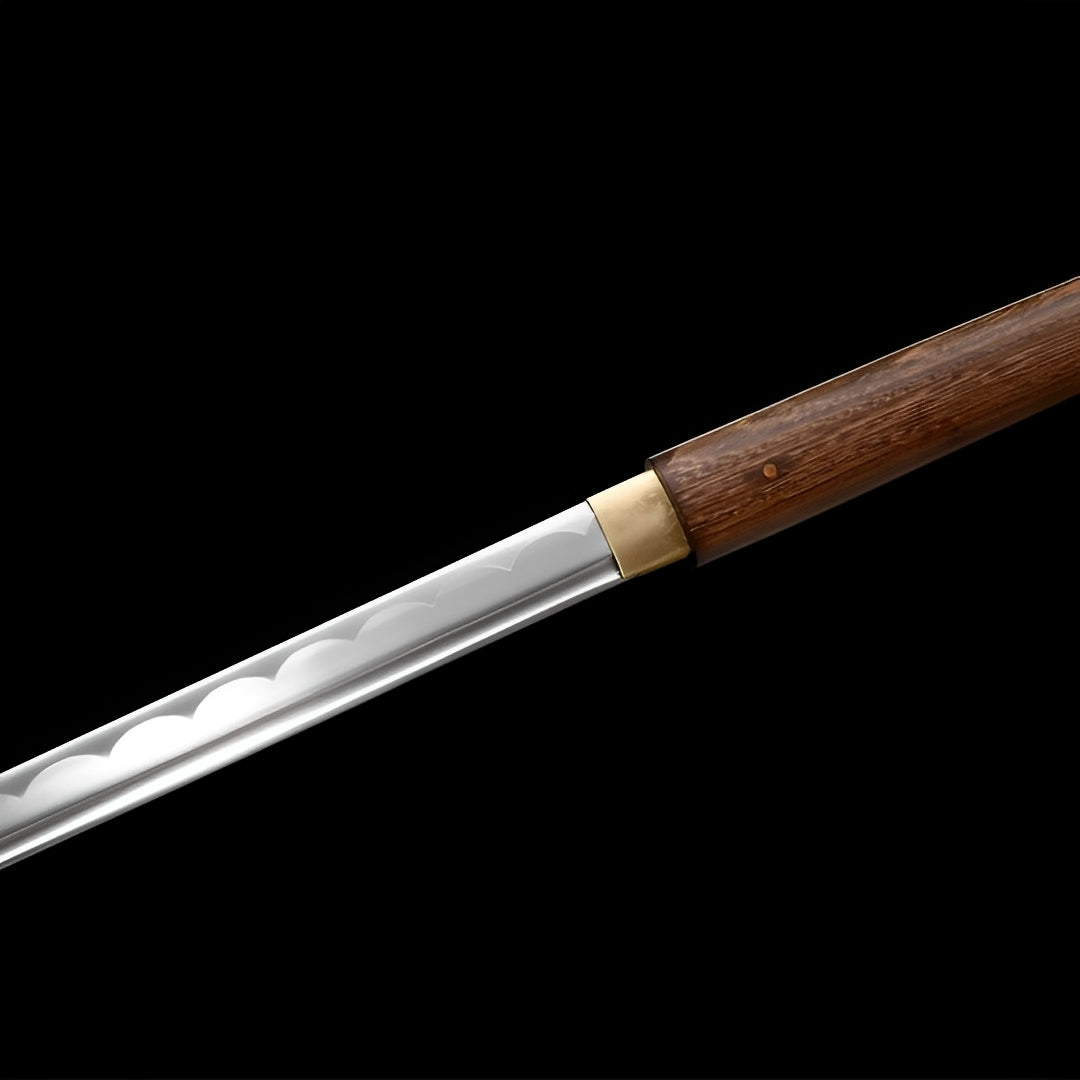
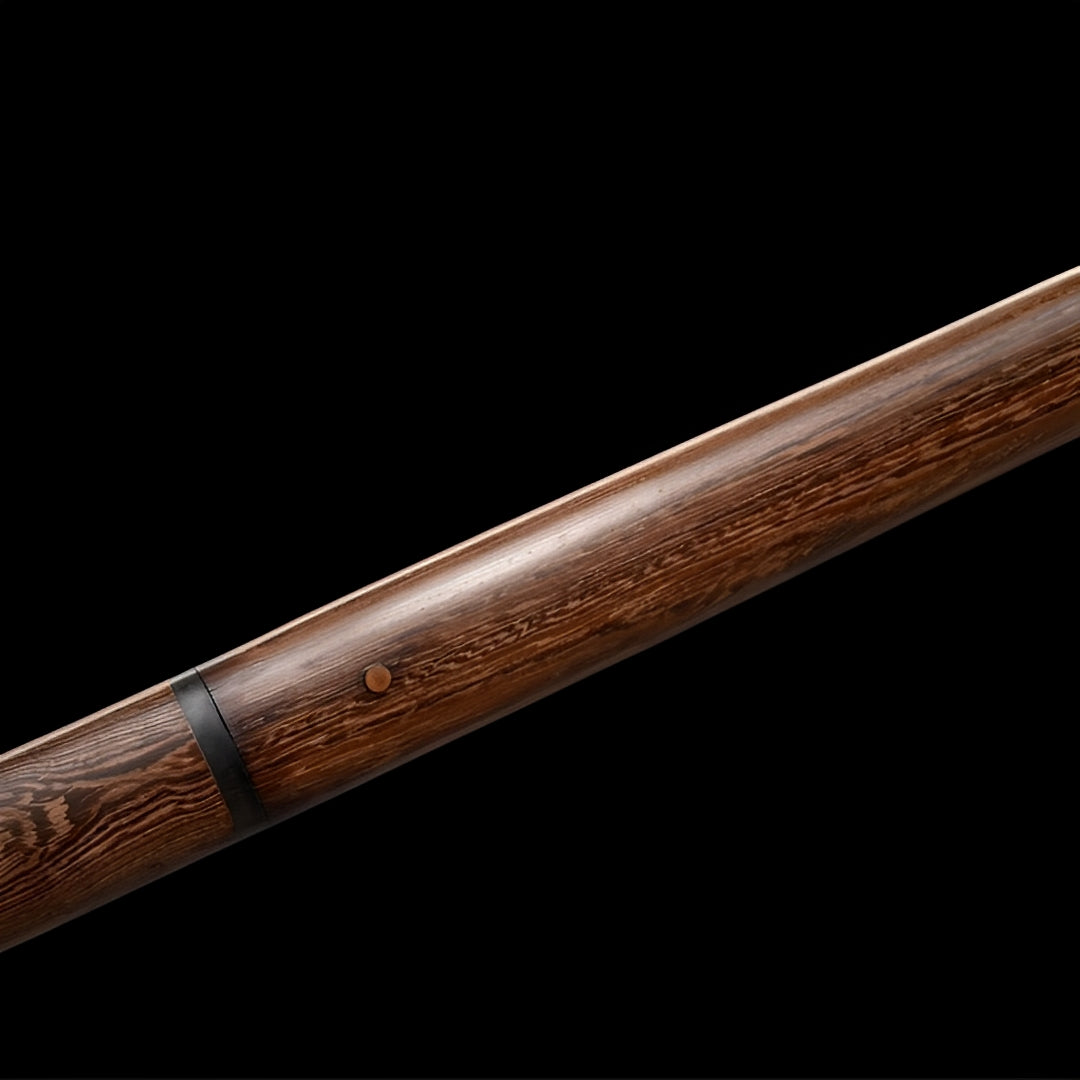
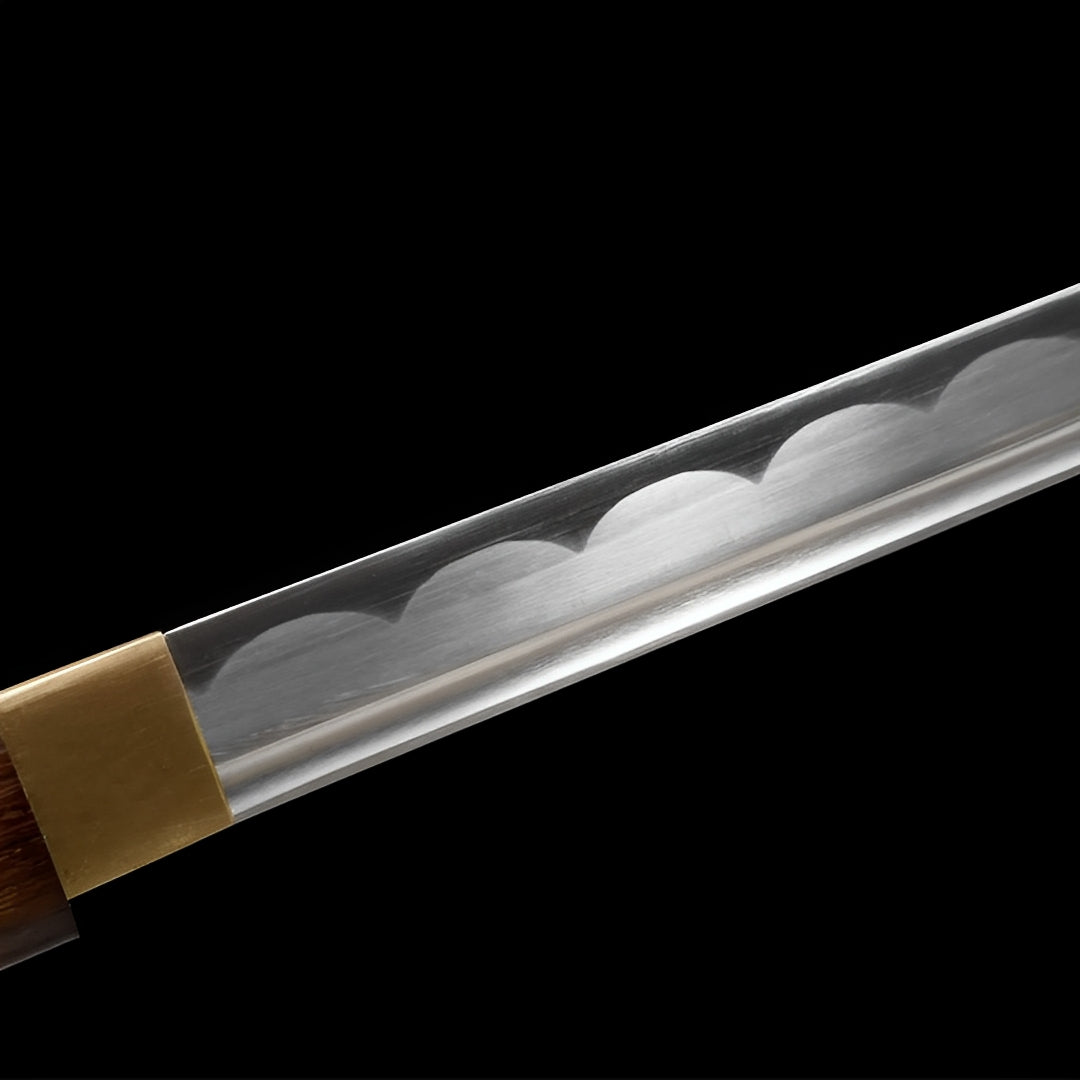
Why choose us
Ships within 48/72h
Forged Blade
Collector Quality
Trusted Globally
Inspired by Japan
Shizen Ninjato (Carbon Steel) - 自然の
Popular upgrades
Free Shipping over $250
No Bots, No AI
Refund Guaranteed
Free Shipping over $250
No Bots, No AI
Our team is here to help with any questions or concerns.
We’re always happy to assist you — don’t hesitate to reach out.
Why choose us
Ships within 48/72h
Forged Blade
Collector Quality
Trusted Globally
Inspired by Japan

Shizen Ninjato (Carbon Steel) - 自然の
Specifications
- Handcrafted
- Full tang in the handle
- SHARP blade
- Blade: 1060 carbon steel
- Machine-made hamon
- Tsuka and saya made of rosewood
- Tsuba made of iron alloy
- Total length: 105 cm
- Blade length: 72 cm
- Blade width: 3.2 cm
- Blade thickness: 0.7 cm
-
Handle length: 30 cm
Shizen Ninjato - Natural Wood Stealth Blade
Return to origins with the Shizen Ninjato, where artifice surrenders to authenticity. This elemental ninja sword strips away pretense - natural wood grain flows uninterrupted along handle and saya, minimal brass accents provide necessary function without decorative excess, the blade itself emerges clean and honest as forest stream. Not weapon for those seeking attention but tool for warriors understanding that nature's camouflage outperforms human decoration, that simplicity executed perfectly surpasses complexity attempted poorly.
Organic Authenticity Philosophy
The name Shizen (自然 - nature, natural) announces this ninjato's core principle: embrace materials in their essential state rather than concealing them beneath lacquer, paint, or artificial finishes. The hardwood handle and scabbard display their grain patterns openly - dark growth rings, color variations, natural imperfections that industrial uniformity erases.
This natural wood ninjato embodies wabi-sabi aesthetic philosophy finding beauty in authenticity, accepting imperfection as proof of genuine rather than manufactured existence. Every wood piece develops unique grain pattern - no two Shizen ninjato look identical because nature refuses replication. This individuality matters to warriors seeking personal connection with weapons rather than interchangeable factory products.
Historical ninja often crafted equipment from available materials - branches became climbing tools, agricultural implements doubled as weapons, natural camouflage required nothing beyond blending with environment. The Shizen honors that resourceful tradition where effectiveness mattered more than appearance, where the best tool was one you could acquire, maintain, and replace without drawing attention through exotic materials or elaborate decoration.
Traditional Japanese carpentry elevated wood appreciation to spiritual practice. Master craftsmen selected lumber based on grain patterns, color tones, growth characteristics - understanding that tree's life history influenced its suitability for specific purposes. The Shizen's exposed wood invites similar appreciation, asking owners to see beauty in growth rings recording decades of seasonal changes.
The unvarnished surface also provides superior grip. Sweat, rain, or humidity that makes lacquered handles slippery creates friction against natural wood grain. During desperate escapes across rain-soaked rooftops or through humid summer nights, this tactile advantage could mean survival versus capture.
Forest Camouflage Advantage
While modern minds associate ninja with black outfits, historical evidence suggests brown, dark green, and natural tones proved more effective for rural operations. Black silhouettes stand out against most natural backgrounds - but brown wooden weapons disappear among trees, agricultural equipment, architectural elements.
This woodland ninjato provides tactical camouflage through material choice rather than applied coloration. Discarded beside a barn, hidden in forest undergrowth, or carried openly while disguised as traveling carpenter, the natural wood appearance suggests harmless tool rather than lethal weapon. Guards searching for "ninja swords" expected black lacquer and exotic designs - they missed brown wooden implements appearing commonplace.
The strategy extended to urban environments. Edo-period cities featured abundant wooden architecture, storage containers, tools - a brown-handled sword leaning in corner could pass as carpenter's tool, farmer's implement, merchant's walking staff. The Shizen's natural aesthetic enabled hiding in plain sight through suggesting belonging rather than standing out through difference.
Modern martial artists training outdoor scenarios appreciate similar advantages. The natural wood eliminates reflections that betray position, provides better grip on wooden structures during climbing, and weighs less than heavily-lacquered alternatives - cumulative advantages during extended training sessions or demonstrations.
The wood also ages beautifully. Unlike painted surfaces showing wear as deterioration, natural wood develops patina that enhances character. Oil from hands darkens frequently-gripped areas, minor scratches tell stories of use, the surface becomes map of owner's training history written in color variations and texture changes.
Minimal Brass Necessity
The brass fittings - habaki collar and likely simple tsuba guard - provide only essential function. No elaborate engraving, no decorative excess, just necessary metal components executed competently without pretension. This restraint demonstrates sophisticated understanding: knowing what to exclude matters as much as what to include.
The golden brass against natural brown wood creates elegant simplicity reminiscent of traditional Japanese tea ceremony aesthetics. The tea masters who influenced samurai culture taught that poverty of materials could reveal richness of spirit, that the most profound beauty often wore humble clothing.
The minimal metal also reduces weight and cost - practical considerations for ninja who might lose equipment during operations and needed replacing weapons without bankrupting themselves. Why invest in elaborate fittings when simple brass served identical protective function?
Quality brass develops warm patina that complements wood aging. New bright gold mellows to honey tones, the metal and wood maturing together through years of handling until distinguishing their natural colors from acquired character becomes impossible. This synchronized aging creates unified whole rather than assembled parts.
Zen Minimalism Heritage
Japanese Zen Buddhism taught that enlightenment came through stripping away rather than adding on - removing delusions revealed truth beneath. The Shizen applies that philosophy to weapon design, asking what remains after eliminating everything unnecessary.
What remains is steel for cutting, wood for gripping, minimal metal for protection - nothing more. This minimalist ninja blade challenges collectors accustomed to decoration, forcing them to find beauty in proportion, grain pattern, material honesty rather than relying on gold inlay or elaborate carving to command attention.
Historical ninja training included meditation practices borrowed from mountain ascetics and Zen monks. Warriors learned that cluttered mind created hesitation, that simplicity in thought enabled decisive action. Carrying unadorned weapons reinforced that mental discipline - if your blade needs no decoration to serve its purpose, perhaps your life needs less clutter too.
The straight, clean lines create visual rest in collections featuring more elaborate pieces. Every gallery needs negative space for eyes to recover between intense visual experiences. The Shizen provides that breathing room while still offering substantial aesthetic interest through its natural materials and honest construction.
Modern minimalism movements in architecture and design celebrate similar principles - materials expressing their nature, function determining form, beauty emerging from perfect proportions rather than applied decoration. The Shizen anticipated these movements by centuries, proving that certain truths remain constant across eras and cultures.
Pure Essence Collection
This authentic ninja blade attracts specific collector mentalities - those who've moved beyond needing visual stimulation from every piece, who appreciate restraint as conscious choice rather than poverty of imagination, who understand that sometimes the most sophisticated statement is making no statement at all.
The natural aesthetic works universally. Modern minimalist interiors appreciate the honest materials and clean lines. Traditional Japanese rooms welcome the cultural authenticity. Rustic lodges and cabins embrace the woodland character. Even maximalist eclectic spaces benefit from the Shizen's visual calm providing rest amid chaos.
Display considerations should honor the simplicity. Busy backgrounds compete with the subtle grain patterns - prefer neutral walls allowing the wood's natural beauty to emerge. Lighting should bring out the grain depth and brass warmth without creating harsh contrasts. Consider positioning near actual wood elements - bookshelves, wooden stands, natural fiber textiles - creating material conversation between display and displayed.
Perfect for collectors who've accumulated elaborately decorated pieces and now seek permission to embrace simplicity, martial artists training traditional ninjutsu wanting authentic period-appropriate equipment, woodworkers and craftspeople appreciating exposed grain and honest construction, interior designers curating spaces where natural materials take precedence over artificial finishes, or anyone understanding that greatest luxury is sometimes having nothing to prove.
The Shizen particularly appeals to those practicing minimalist lifestyles, who've learned that possessions requiring constant maintenance steal time from living, who seek pieces that age gracefully rather than deteriorate, who believe best things improve through use rather than suffering from it.
Care Instructions: Oil the natural wood periodically with appropriate products preventing drying and cracking. The exposed grain benefits from gentle cleaning with soft cloths. Brass fittings can be polished or allowed to patina based on preference. Standard blade care applies. The natural materials actually require less maintenance than lacquered alternatives - no finish to chip or peel, just honest wood aging gracefully through decades of respectful use.
Nature needs no ornament. The Shizen Ninjato speaks through silence.
Legal Disclaimer
By purchasing from Katana Corp, you acknowledge and agree that:
- You are at least 18 years of age (or the age of majority in your jurisdiction).
- You are solely responsible for verifying and complying with all local laws and import regulations before placing an order.
- Some countries prohibit the importation of swords entirely. Katana Corp is not responsible for orders delayed, seized, or refused by customs authorities.
- All katanas and related products are sold strictly as decorative and display items. They are not intended or certified for combat use.
- Depending on the jurisdiction, swords may legally be considered bladed weapons, subject to specific restrictions or prohibitions.
- Katana Corp disclaims all liability for any injury, damage, or legal consequences resulting from misuse, abuse, or unlawful use of its products.
For full details, please refer to our Terms of Service.
Care & Maintenance
To maintain your katana's appearance and performance over time, we recommend:
- Regularly wiping the blade with a soft cloth to remove fingerprints and moisture.
- Applying a light coat of choji oil to prevent rust (for carbon steel blades).
- Storing the sword in a dry place, preferably inside its saya.
- Avoiding direct contact with hard surfaces to preserve sharpness and finish.
For more care tips, check our full maintenance guide in the FAQ section.
Behind the Blade
Every katana we offer carries the essence of centuries-old craftsmanship.
More than just a weapon, the katana symbolizes discipline, honor, and mastery.
Our artisans draw inspiration from traditional forging methods to ensure each blade reflects the spirit of the samurai — strength, precision, and soul.
Owning one is not just about aesthetics — it’s about carrying a piece of that legacy.
User Experience
This katana is designed to offer a perfect balance between blade and handle.
Its ergonomic tsuka (handle) allows a secure two-handed grip, while the weight distribution ensures smooth, fluid movement.
Whether for training, display or cutting practice, handling feels natural and precise.
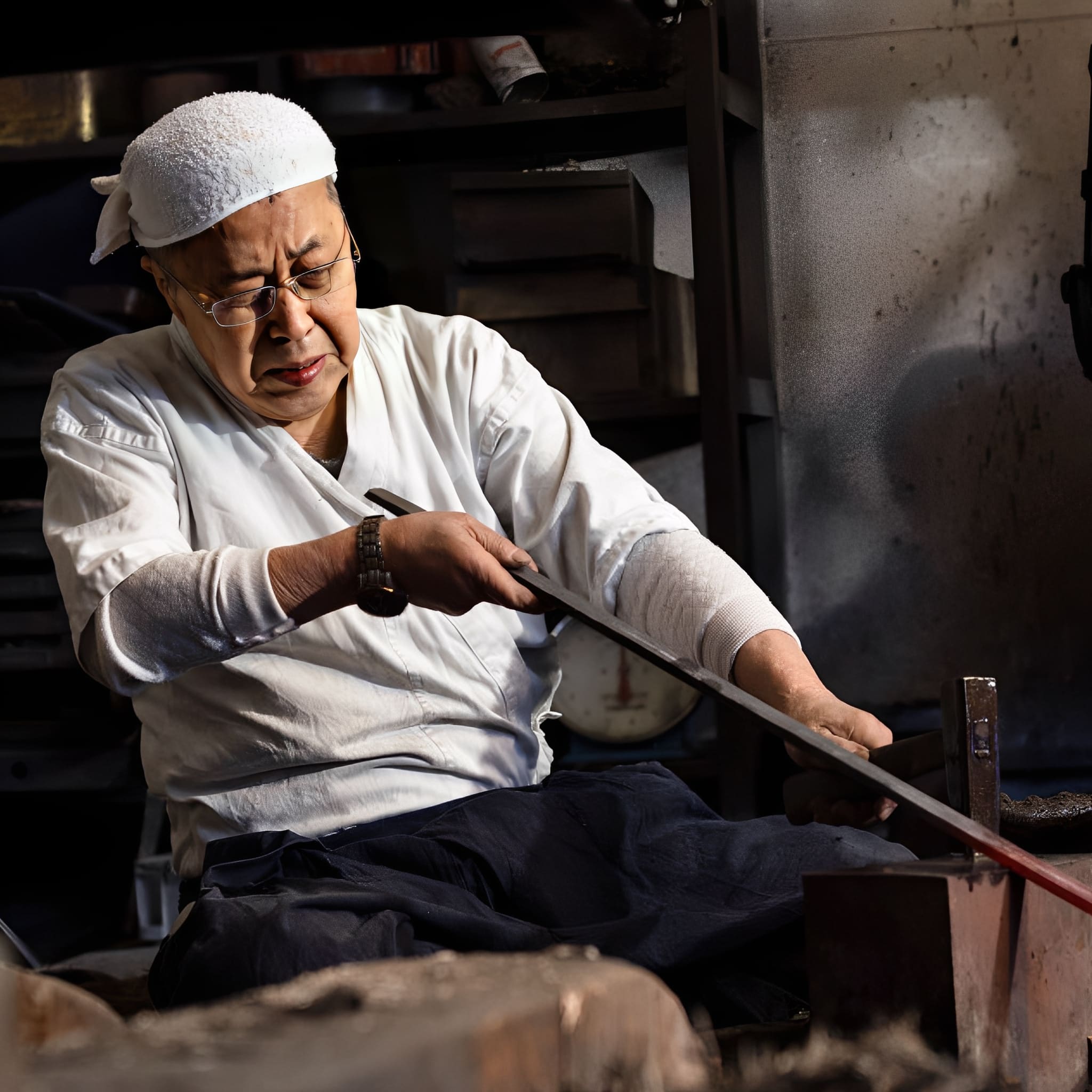
The Art of Traditional Forging
Each katana we craft is born from centuries of samurai tradition.
Our master smiths shape every blade by hand, folding the steel to achieve unmatched strength, flexibility, and beauty.
This time-honored process is not just about creating a weapon? it’s about preserving a legacy of discipline, honor, and artistry.

Materials Chosen Without Compromise
We select only the highest-grade steels and authentic fittings to ensure every katana is both a masterpiece and a reliable companion.
From the flawless hamon line to the perfectly balanced tang, each detail is carefully inspected to meet the highest standards of performance and aesthetics.
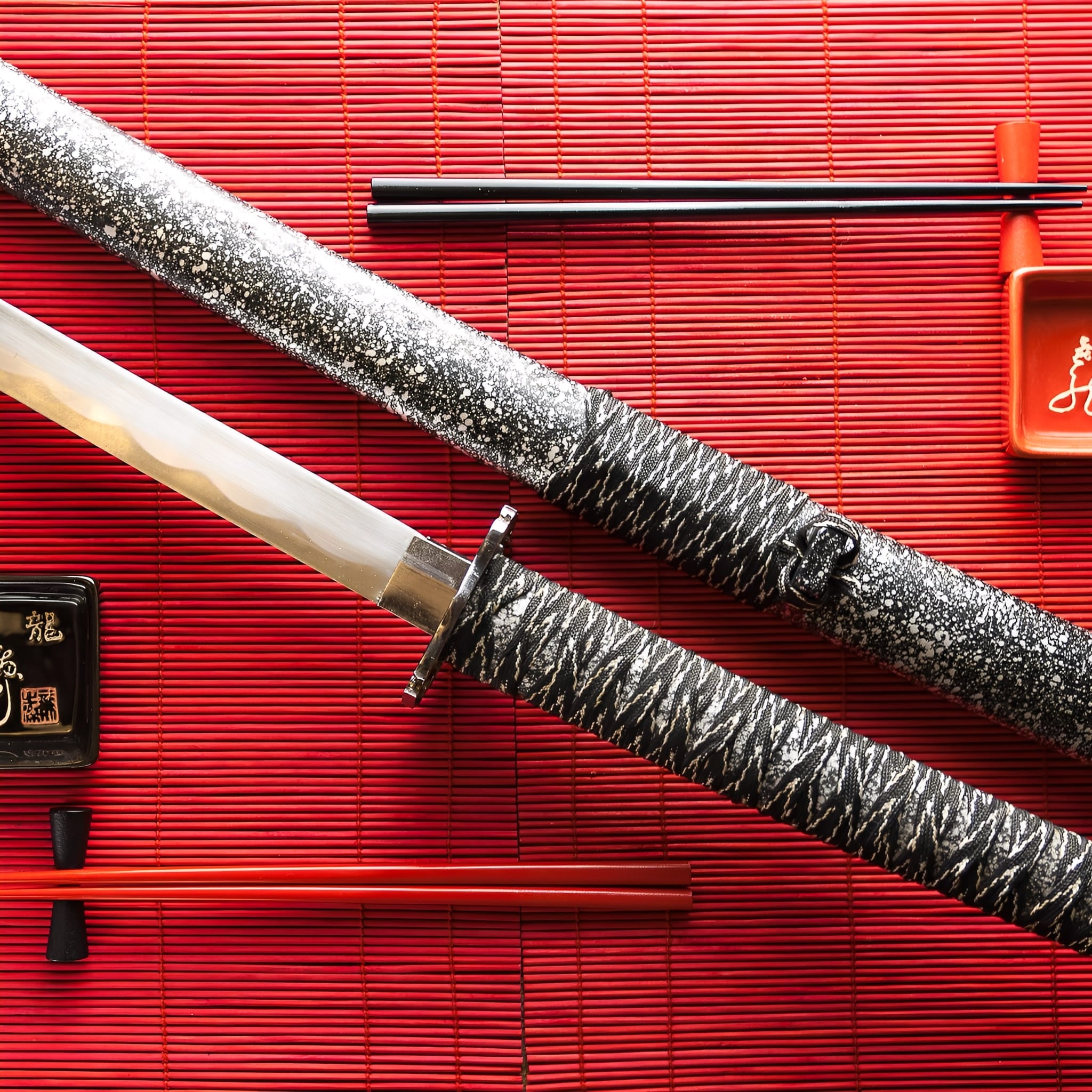
More Than a Sword, A Lifelong Legacy
Owning a handmade katana is an experience that goes beyond the blade itself. It’s holding history, tradition, and craftsmanship in your hands.
Whether displayed as a work of art or wielded with precision, your katana will stand as a symbol of timeless skill and dedication for generations to come.
-
Key Destinations
United States: 5–7 days
Canada: 5–7 days
Australia: 6–9 days
Denmark: 4–6 days
Netherlands: 3–5 days
Sweden: 4–6 days
Switzerland: 3–5 days
Finland: 5–7 days
Singapore: 6–8 days -
Central European Partners
France: 2–3 days
Germany: 3–5 days
Spain: 4–6 days
Italy: 4–6 days
Belgium: 3–5 days
Austria: 4–6 days
Ireland: 4–6 days
Poland: 4–6 days
Portugal: 4–6 days -
Extended EU Network
Czechia: 4–6 days
Hungary: 4–6 days
Slovakia: 4–6 days
Slovenia: 5–7 days
Romania: 5–7 days
Bulgaria: 5–7 days
Croatia: 5–7 days
Serbia: 5–7 days
Estonia: 5–7 days
Latvia: 5–7 days
Lithuania: 5–7 days
Luxembourg: 3–5 days
Greece: 5–8 days -
FAQ’s
Visit our FAQs page to find answers to common questions.